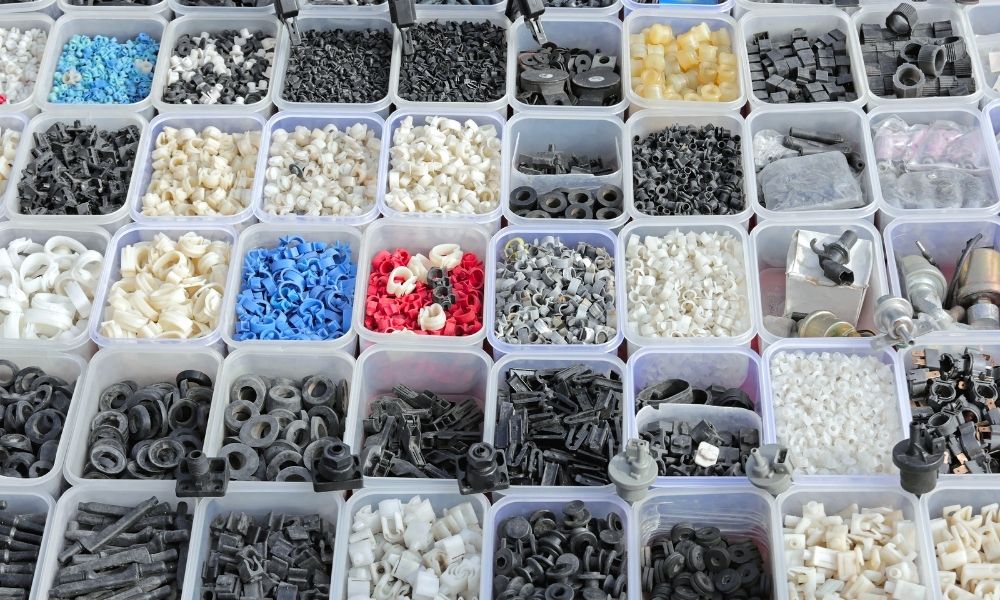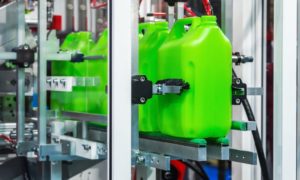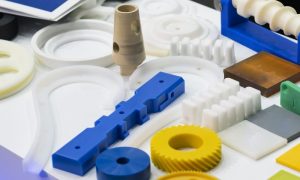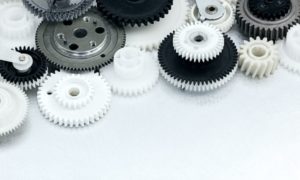Plastics are one of the most versatile artificial substances used in production and industrial applications. With so many different abilities and forms, plastics can perform a role in virtually anything you can imagine. Read on to discover the different custom plastic manufacturing processes commonly used in production and learn how diverse plastics truly are.
Blending/Compounding
Through this process, manufacturers use heat or chemical processes to blend many different plastics into one or high-pressure machining to compound the materials together. Manufacturers implement blending and compounding to form other plastic parts, base resins, blowing agents, purge compounds, and flame retardants.
Molding
This process uses injection molds, filling the molds with liquid plastics and cooling the plastic to form new parts. There are also compression molds that are instant and require no heat. Blow molds, alternatively, shoot the plastic into the mold at such a quick rate that they instantly set. Rotational molds rotate the plastic inside the mold until it forms the shape of the mold with the desired thickness.
Plastic Extrusion
This process creates plastic sheeting, tubes, and pipes by extruding plastics from other parts. Plastic extrusion produces a uniform profile ideal for the mass manufacturing of simple parts.
Thermoforming
The thermoforming process is straightforward. Manufacturers apply heat to the material and extract plastics before reforming and reshaping them into new pieces and parts.
Welding
Plastics welding is similar to standard welding. However, instead of joining two pieces of metal together, the process combines plastic parts. As plastic can burn and melt, plastic welding utilizes lower heat temperatures than standard welding.
Plastic Foaming
With this process of plastic parts fabrication, manufacturers blow gas into plastics to create a foam consistency ideal insulation and filling purposes. Plastic insulation and filling have proven effective, especially for construction and industrial purposes.
Vacuum Casting
The vacuum casting method pours the plastic inside a cast and uses high-pressure air systems to remove all the air, leaving behind a solid product.
Plastic Machining
The most common plastics manufacturing method uses CNC machining to cut the desired form from a solid plastic sheet or block. The process implements both means machining and computer software, the latter of which directs the machine on when and how to cut the plastic. It’s often associated with fused deposition, a process where 3D printing is involved; only fused deposition builds the piece from the ground up through computer generation and machined techniques.
With so many different creations with plastics, there are countless ways to use and utilize this material for industrial purposes. Look to this brief guide to the different custom plastic manufacturing processes as you determine which plastic manufacturing process is right for your part or product needs.




